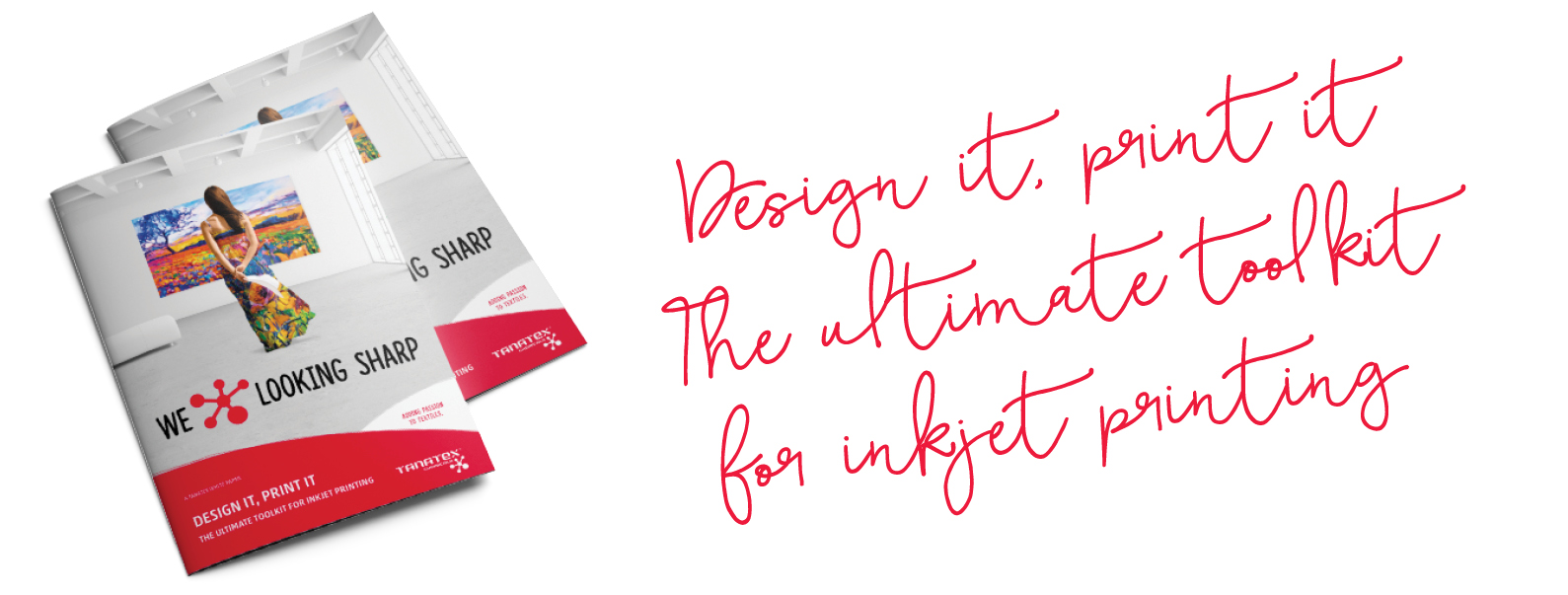Enhancing the performance of digital inkjet printing on your swimwear
Digital inkjet printing has been transformational for the swimwear industry. It’s allowed an expansion of collections and a fleetness of foot. Something designers and marketers could once only dream. It means fashion houses can keep on trend at higher speed and lower cost, meeting changing demand more precisely. As a result, designers run riot with colour and variety. In addition to experimenting with print runs as low as 100 units and lead times as short as 8 days. This is vital in a world where marketing happens at lightspeed. Where fashionistas spread trends on social media as fast as you can create them and consumers can purchase with a single click. Small wonder that the global swimwear industry has enjoyed phenomenal growth in recent years. Demands reached $20 billion in 2019 and are forecasted for over $29 billion by 2025.
Faster fashion requires smarter textile treatments.
While this pace is empowering and inspirational, it is not without risk. It is imperative that speed matches quality. Social media can build brands in next-to-no-time. However, it can also bring them down if quality and performance fail to meet consumers’ expectations. Things like grin-through effect, wet rubbing of detailed colourful prints on light base colours and the impact of chlorine, UV, washing and perspiration can all undermine the integrity of your product and, ultimately, your customer’s trust.
High-performance materials demand high performance inkjet printing techniques.
Digital inkjet printing on the latest polyamide/elastane, warp knitted fabrics is not without its challenges. It requires real technical expertise and careful preparation and experimentation to deliver the quality required by demanding consumers. But that is the kind of challenge we relish at TANATEX. Working in partnership with many leading names in the swimwear sector, we have developed a full range of innovative pre-treatment, dyeing & printing auxiliaries and textile finishes. These can help you obtain a better basic substrate needed to print and help remove impurities from the spinning process. Our inkjet preparations facilitate deeper shades and excellent ink penetration. We have also developed after-treatments and washing-off treatments that help reduce staining and finishes that protect fabrics from UV radiation and chlorine. What’s more, our preparations have been formulated to ensure Elastan-based fabrics retain elasticity, assuring the longevity of your products. A key factor in driving up sustainability.
Increasing sustainability by reducing urea.
Sustainability is a massive consideration for us all in the textile industry. One issue, that is of particular concern to environmental regulators, is urea’s contribution to nitrogen in ecosystems. To combat the problem, we have pioneered a range of high performance, urea-free, preparations for digital inkjet printing. Consequently these reduce the cost of removing urea from your effluent. In addition, they also decrease the associated dust contamination in your printing areas.
Let your creativity soar without the pitfalls of inkjet printing hampering you!
Working with an expert partner like TANATEX is essential if you want to leverage the full benefits of digital inkjet printing. Teaming up with people who are as passionate as you about creating and delivering stunning designs. Designs matched by high performance and quality is imperative in an age where every customer is a potential critic. Some of the most famous names in the fashion industry have already trusted TANATEX Chemicals. To find out more about innovations that deliver exceptional whiteness, enhanced UV protection, skin moisturizing qualities, and unrivalled print precision, talk to one of our experts. And, for a free manual on optimal preparation of polyamide elastane fabrics, download our white paper on the subject. It details how to test your fabric to ensure it meets the PFP preconditions and a guide to help you formulate the optimal preparation recipe for your application process.






